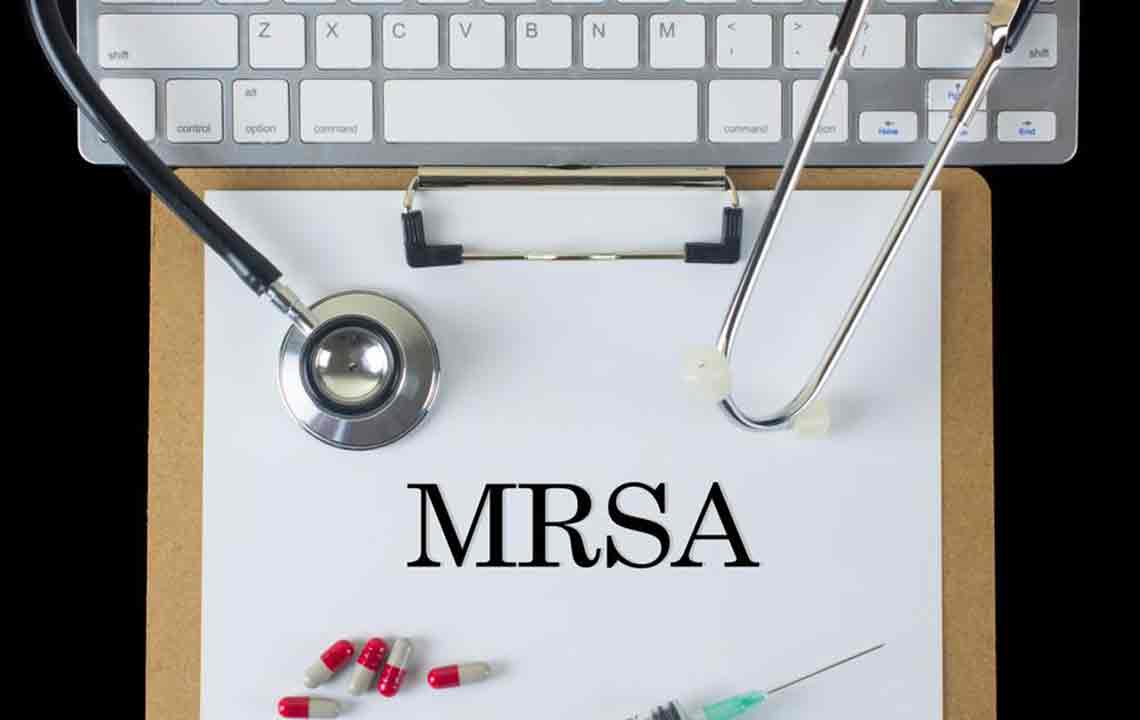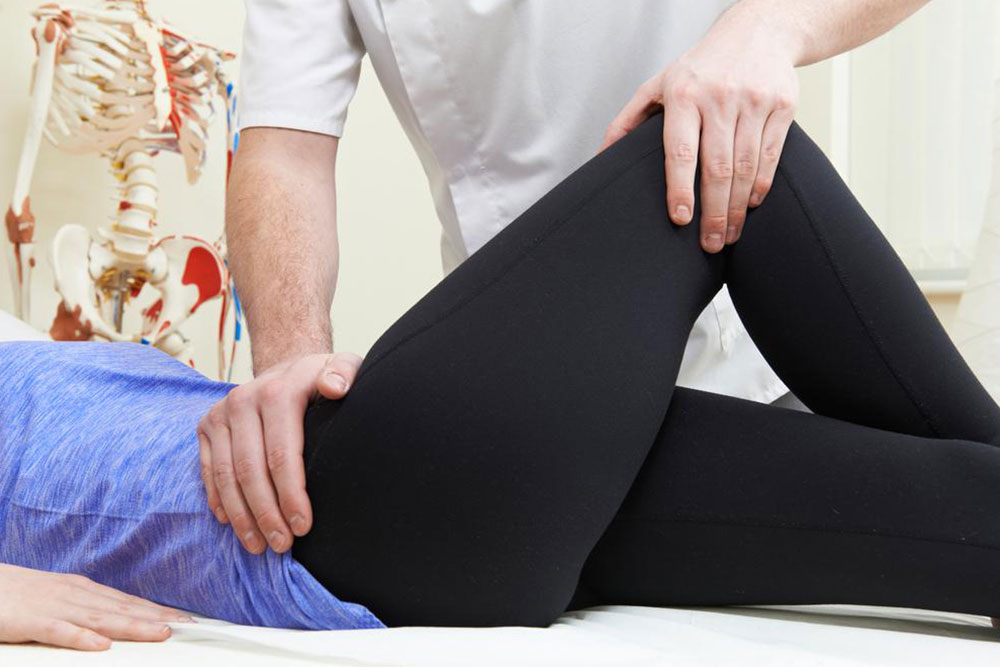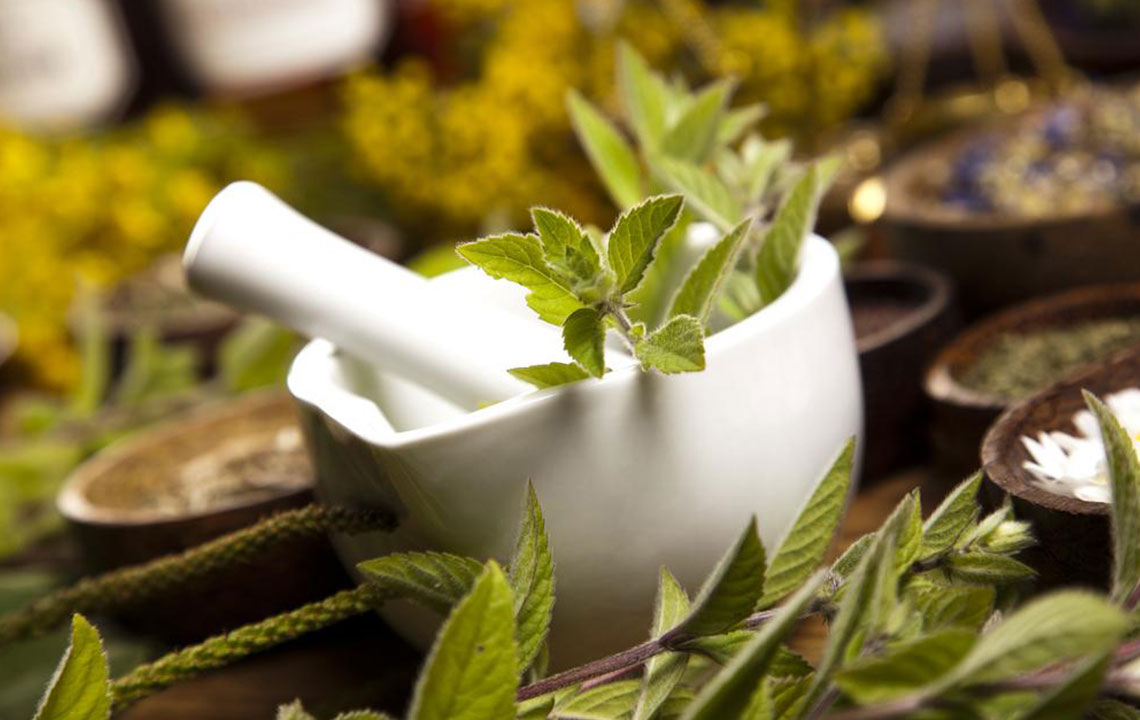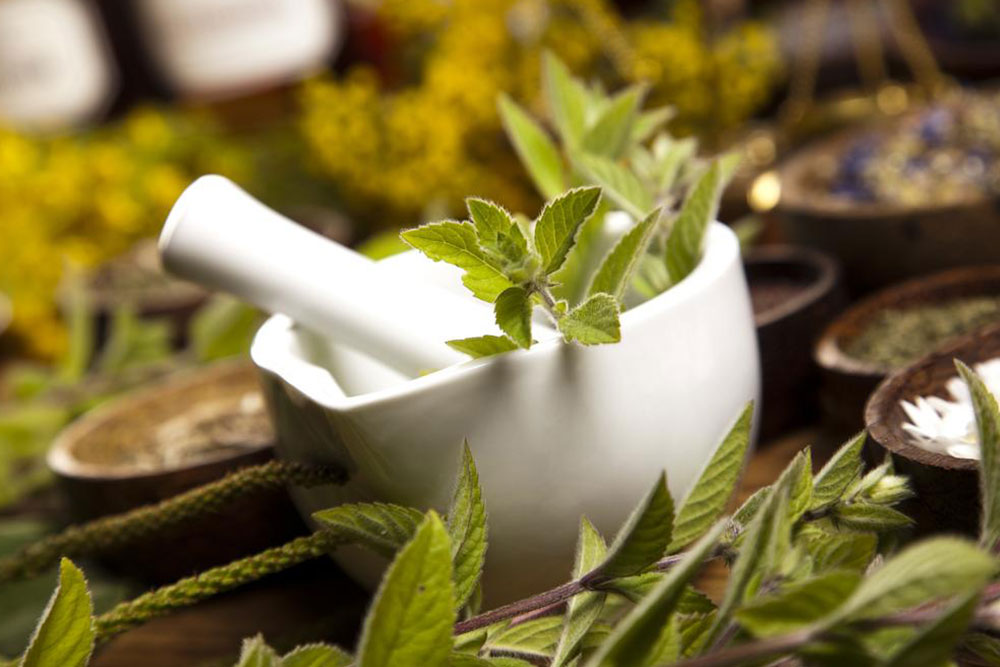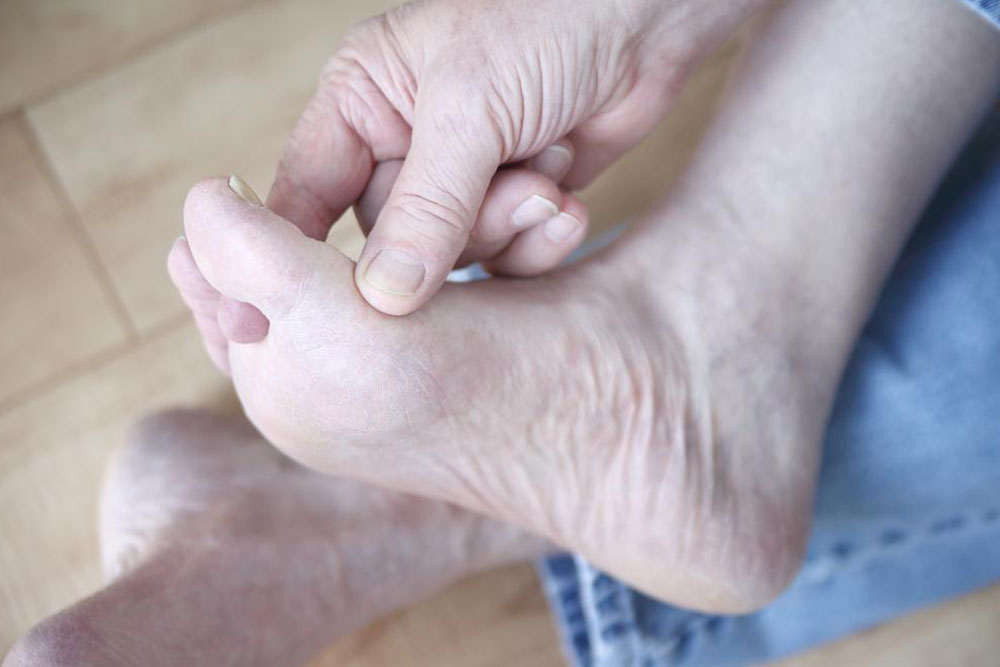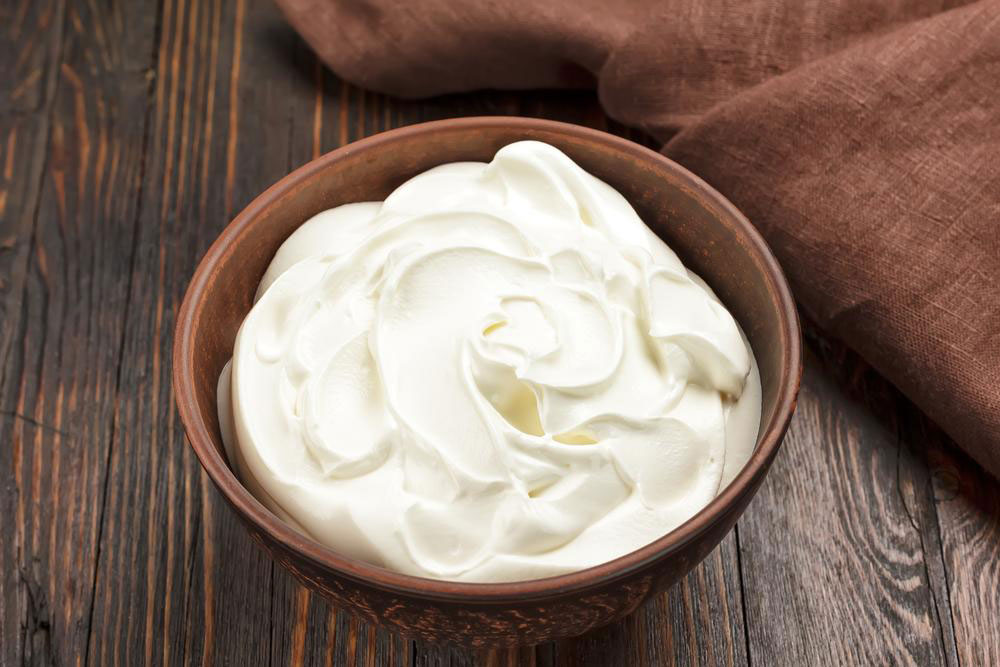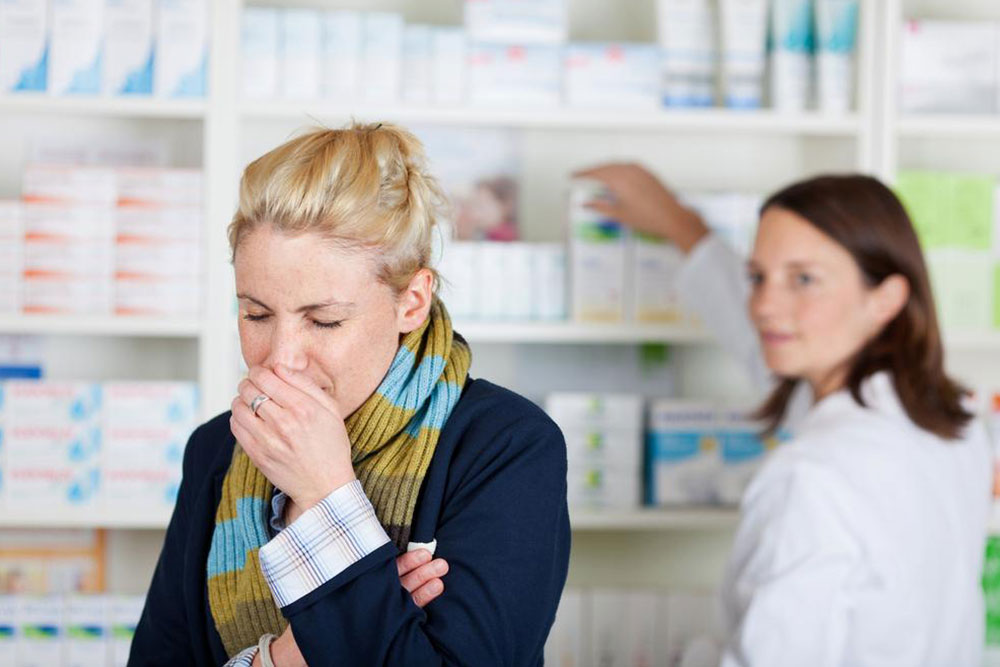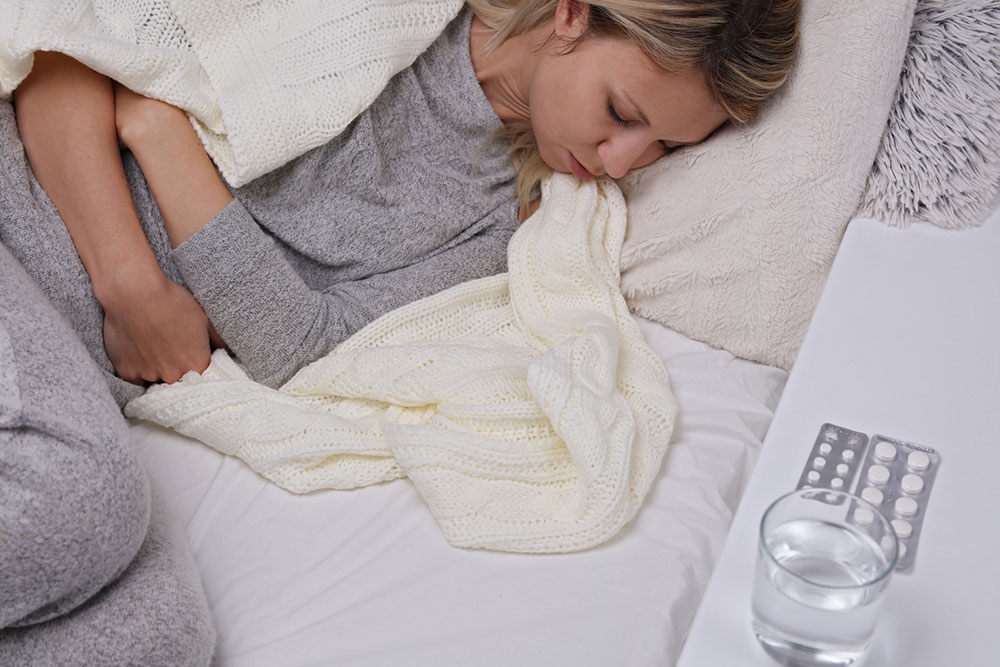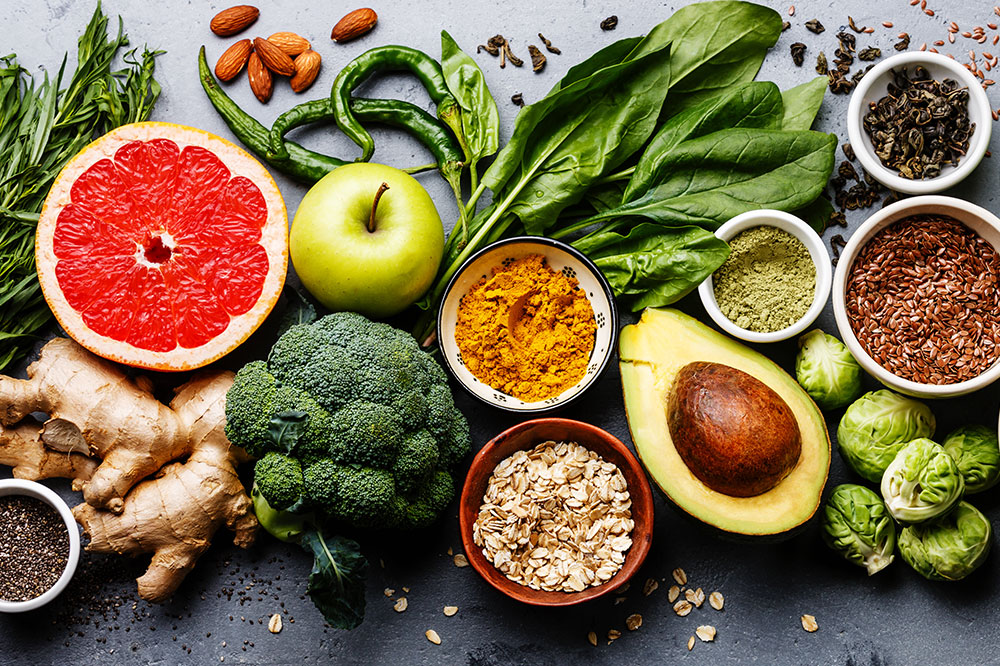Understanding MRSA: Symptoms, Prevention, and Effective Treatments
This article provides essential insights into MRSA, covering its symptoms, prevention, and treatment options. Learn how to identify skin infections caused by resistant bacteria, adopt effective hygiene practices, and explore both medical treatments and home remedies. Early detection and proper care are key in managing MRSA infections and preventing serious complications. Stay informed about the risks, symptoms, and preventive measures to safeguard your health and that of your loved ones.
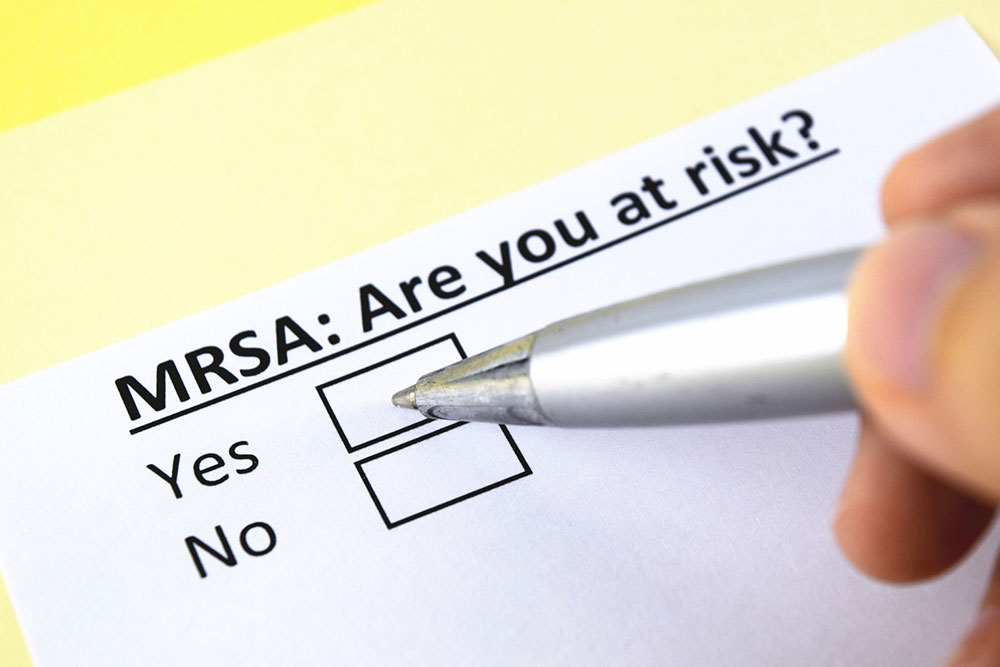
Understanding MRSA: Symptoms, Prevention, and Effective Treatments
MRSA is a type of bacteria resistant to many antibiotics, causing skin infections that can be painful and potentially lead to serious complications if it enters the bloodstream. Early detection and treatment are crucial for recovery. Continue reading to learn about MRSA, its symptoms, and management strategies.
What is MRSA?
Staphylococcus aureus is a common bacteria found on the human skin, nose, and respiratory tract. When this bacteria develops resistance to methicillin and related antibiotics, it is known as MRSA, making infections harder to treat.
MRSA can cause skin infections, especially if there are cuts or abrasions. The infection can be acquired in healthcare settings (HA-MRSA) or through contact in the community (CA-MRSA). People in crowded environments, children, and healthcare patients are more at risk.
Fortunately, many individuals carry MRSA harmlessly without symptoms. CA-MRSA tends to be milder compared to HA-MRSA. Despite declines in recent years, MRSA remains a common cause of skin and bloodstream infections.
Effective treatment involves specific antibiotics sensitive to MRSA, and prompt medical attention is essential for proper management.
Symptoms of MRSA
Signs include red, painful boils or bumps on the skin, swelling, and possible leakage of pus or fluids. Fever and fatigue may accompany skin symptoms. In severe cases, especially with HA-MRSA, symptoms like chest pain, coughing, and shortness of breath may occur.
Most individuals carry staph bacteria in their noses, with about 2% harboring MRSA without illness. The risk increases if there's a wound or weakened immune system.
How to Treat MRSA
If you notice a painful, leaking bump, consult a healthcare professional. Diagnosis involves skin swabs and lab testing, with additional tests for systemic spread if necessary.
Treatment Options
Draining and cleaning the infected area, applying prescribed antiseptic ointments.
For persistent infections, antibiotics effective against MRSA may be prescribed. Always complete the full course of antibiotics to prevent resistance.
Prevention Measures
Stay home and avoid contact with others if infected.
Do not share personal items like clothes or toiletries.
Practice proper hygiene, including handwashing and disinfecting wounds immediately.
Encourage children to maintain good hygiene habits.
Eat immune-boosting foods and avoid unnecessary antibiotic use.
Home Remedies for MRSA
Apply warm compresses to reduce swelling and pain. Use clean cloths soaked in warm water.
Use essential oils like tea tree or oregano oil mixed with carrier oils; both have antibacterial properties.
Coconut oil helps repair skin and has natural antibacterial effects; apply directly or with essential oils.
Aloe vera gel can soothe and promote healing of infected skin.
Turmeric’s curcumin has antimicrobial properties; make a paste with coconut oil or add turmeric to milk and drink it to enhance immunity.
Maintain a healthy diet rich in immunity-supporting nutrients.
Each year, around 1.2 million people are affected by MRSA. With timely medical care, good hygiene, and natural remedies like coconut and tea tree oils, MRSA can be effectively managed. Consult a healthcare professional for proper diagnosis and treatment.


